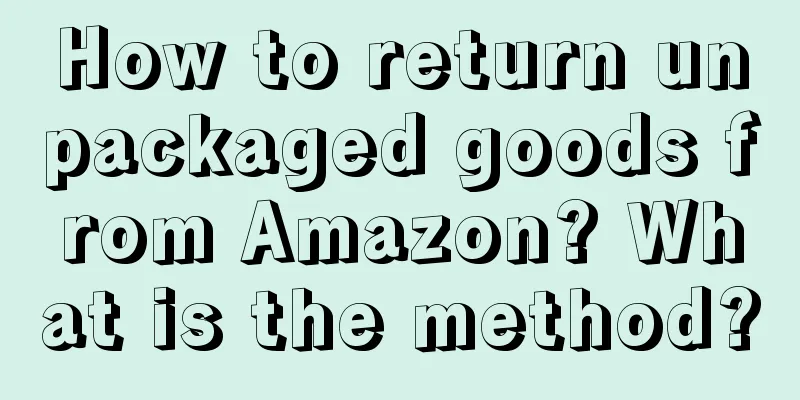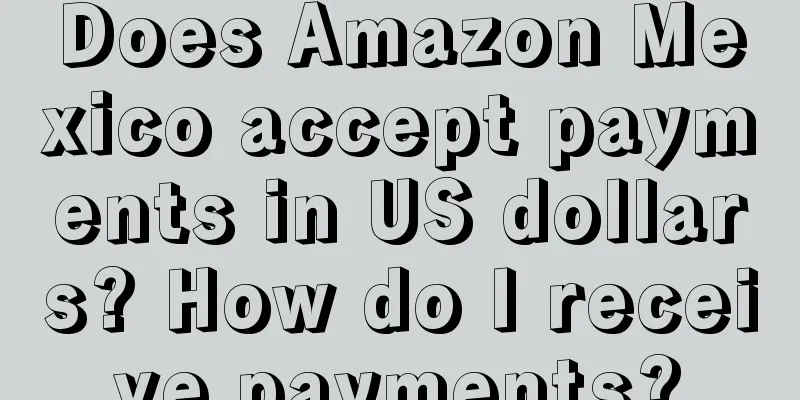Not just wholesale! 1688's ambition for the C-end is revealed

The membership model is really popular. Costco's Q1 performance this year also grew by 6.2%, with a net profit of US$1.589 billion, higher than expected and higher than the same period last year. Recently, Walmart’s Q2 quarterly financial report showed that membership revenue increased by 23%, and Sam’s Club’s global membership reached a new high; Recently, even 1688, a subsidiary of Alibaba, has once again stepped up its efforts in the C-end (individual consumer end) track and tried the membership store model. It is said that it will provide individual consumers (members) with periodic purchases, bulk purchases, scene purchases and customized purchases. You should know that 1688 is Alibaba’s “online wholesale market” with an annual transaction volume of 800 billion yuan. It has always been doing wholesale business with B-end small and medium-sized enterprises. It is really necessary. Even if it involves 2B, we should also compete with 2C. However, why does it want to increase its C-end business? Why do these C-end users like 1688? Who are they? What new opportunities are there? This is something we as entrepreneurs and marketers can explore. I am very curious, who are the C-end users on 1688? The data shows that 1688's C-end consumers mainly come from first- and second-tier cities, among which Generation Z aged 25 to 30 accounts for 48.8%, and the new middle class aged 30 to 35 accounts for 44.9%. These user portraits are similar to the population portraits of the Xiaohongshu platform. They like new things, are keen on trying new things, and have huge purchasing power. Unexpectedly, these young people don’t even go shopping in physical shopping malls, but go to this large online wholesale market. Why is this? I asked people around me and found two main reasons. First, cost-effectiveness. After the outbreak of the epidemic, many people became more rational in their consumption, from pursuing brands to focusing on cost-effectiveness. It just so happens that 1688 has always been focusing on having source factories and no middlemen to make a profit from the price difference. There are more than 100 million kinds of products, and you can choose any of them, and they are cheap to buy. They are definitely alternatives to big brands, with high quality and low prices. Someone has made a special comparison. Taking a mustard macadamia nut from Sam's Club as an example, at the same weight, its price on the 1688 platform is only half of the original price. Looking at it this way, it smells really good. Second, the need to make money from a side job. During the epidemic, in addition to shopping for their own use, many people took on part-time jobs (transformed) as bloggers and opened small-scale stores, starting with one piece. They are keen on "making money" and are also happy to talk about money. They also share and spread the word, so more and more young people are going to 1688. With so many C-end consumers pouring into 1688, this cannot be wasted. As a platform, we must be thinking about how to convert it into more GMV. Therefore, it is necessary to increase investment in C-end consumer business. However, this matter also brings both risks and opportunities to 1688. Opportunities:
Risks and challenges:
However, now all industries are involuted. 1688 takes advantage of the supply chain and tries to face the C-end, which is also an innovation. In the end, only innovation can break the involution. |
<<: Paris Olympic Games brand marketing "learning materials" released
>>: How to brand a pet freeze-dried snack store?
Recommend
Four-dimensional upgrade | 10,000 words to sort out the digital growth guide for food brands on Douyin e-commerce
How can brands achieve growth through digitalizati...
How does Amazon use big data? How is it specifically reflected?
The reason why Amazon is so powerful is that the b...
Which cross-border e-commerce platforms allow individuals to open stores? Cross-border e-commerce platform recommendations
On cross-border e-commerce platforms, many stores ...
2024, brand is the best growth tool
What exactly is a brand? What is its use? This art...
Digging into the 1,000 Douyin accounts with the fastest growth in followers, we summarized 4 content trends
In the past year, which Douyin creator impressed y...
Tencent urgently needs to loosen up its video accounts
The supply-side cost is lower than that of Douyin,...
Lazada’s 9.9 promotion sales exceeded 75 times of normal days
In the 99 promotion event held yesterday, in the f...
What are the requirements for building an independent website?
The advantage of building an independent website i...
How much does it cost to build an independent website? How much does it cost?
An independent website is an independent website w...
A Sichuan daughter-in-law’s first live streaming sales show in Northeast China generated a GMV of nearly 10 million. Has the “No. 1 live streaming saleswoman” for agriculture, rural areas and farmers on Kuaishou emerged?
Recently, a video of a Sichuanese woman living in ...
Brand No. 1: Competitive slogans (2 pieces, 3 clear, 5 sets)
Brand competitive advertising slogans are sharp we...
The first large-scale incentive after the WeChat Store name change is here
After changing its name to Video Store, WeChat Sto...
Can I continue to optimize Shopee products? How to operate?
Nowadays, although the profits of cross-border e-c...
What is a reasonable conversion rate for Shopee? How to improve the conversion rate for Shopee?
Shopee, like AliExpress, is a popular cross-border...
MINISO's overseas localization is not as simple as you think
This article analyzes in detail the challenges and...









